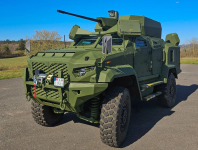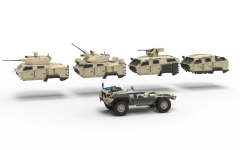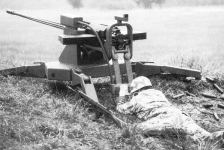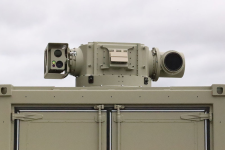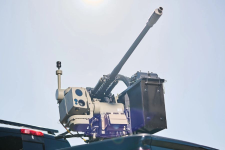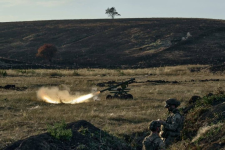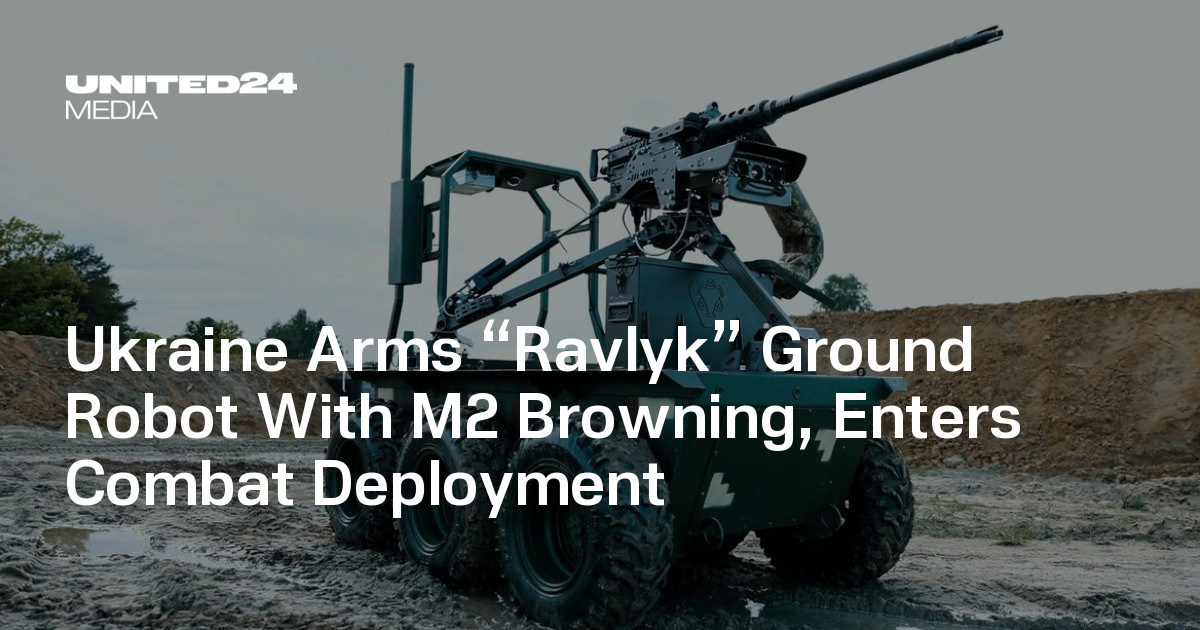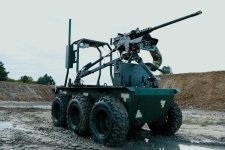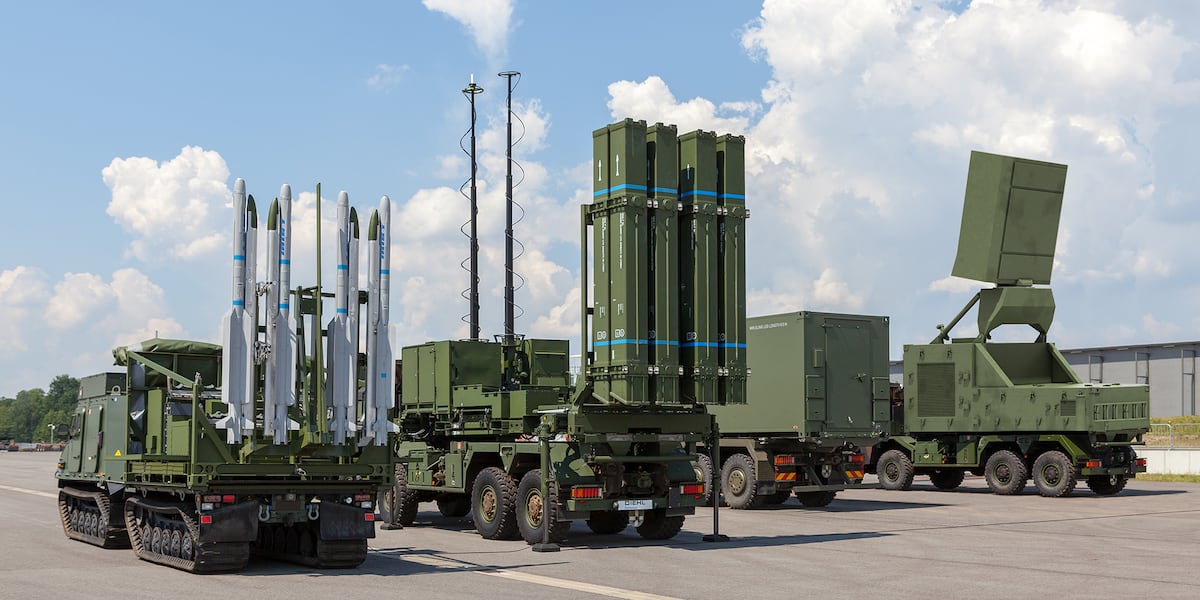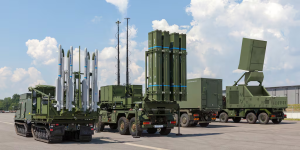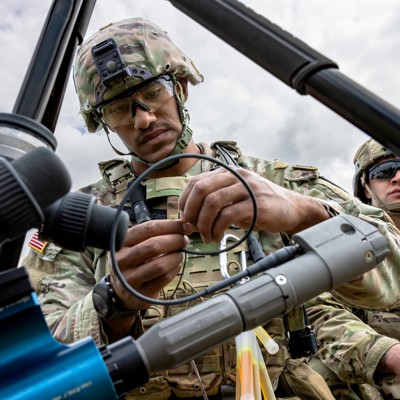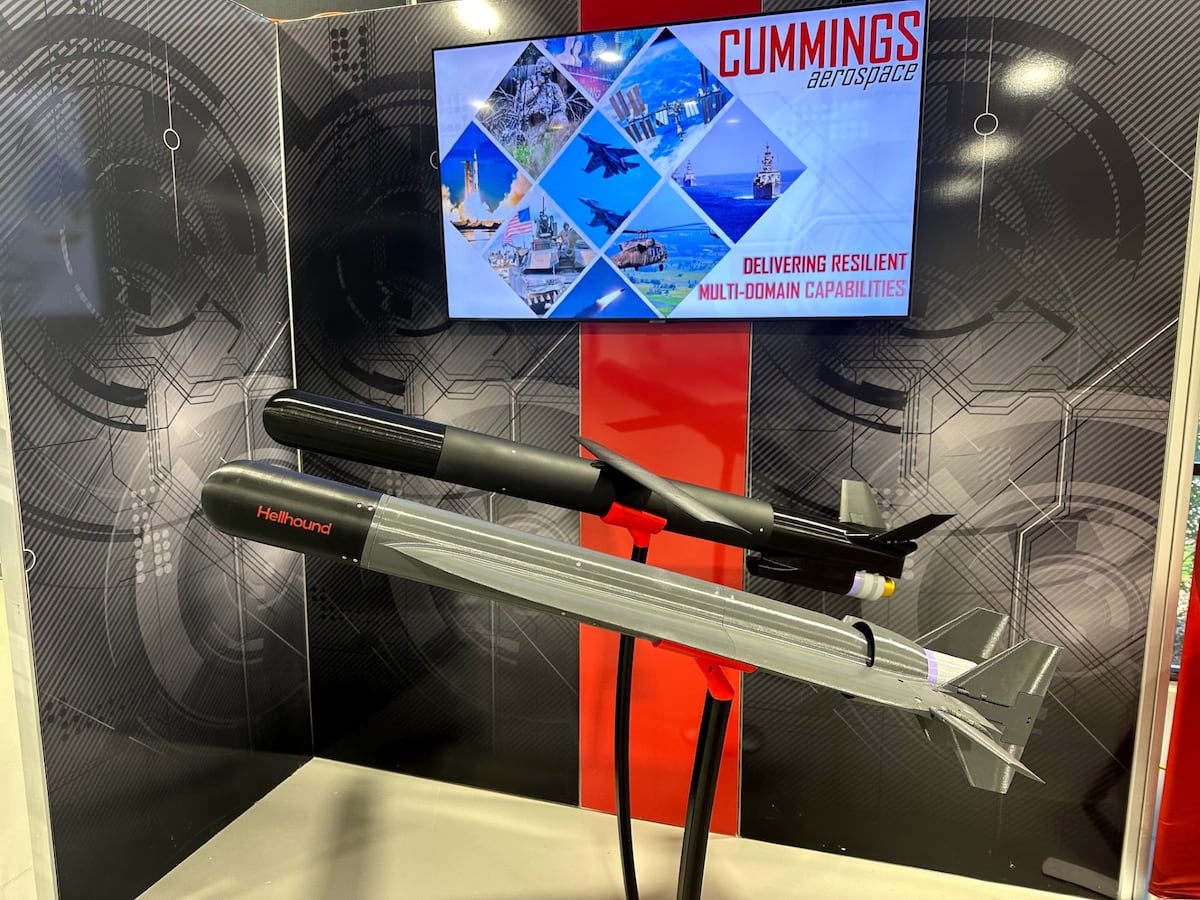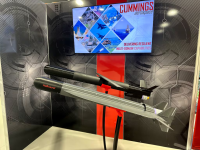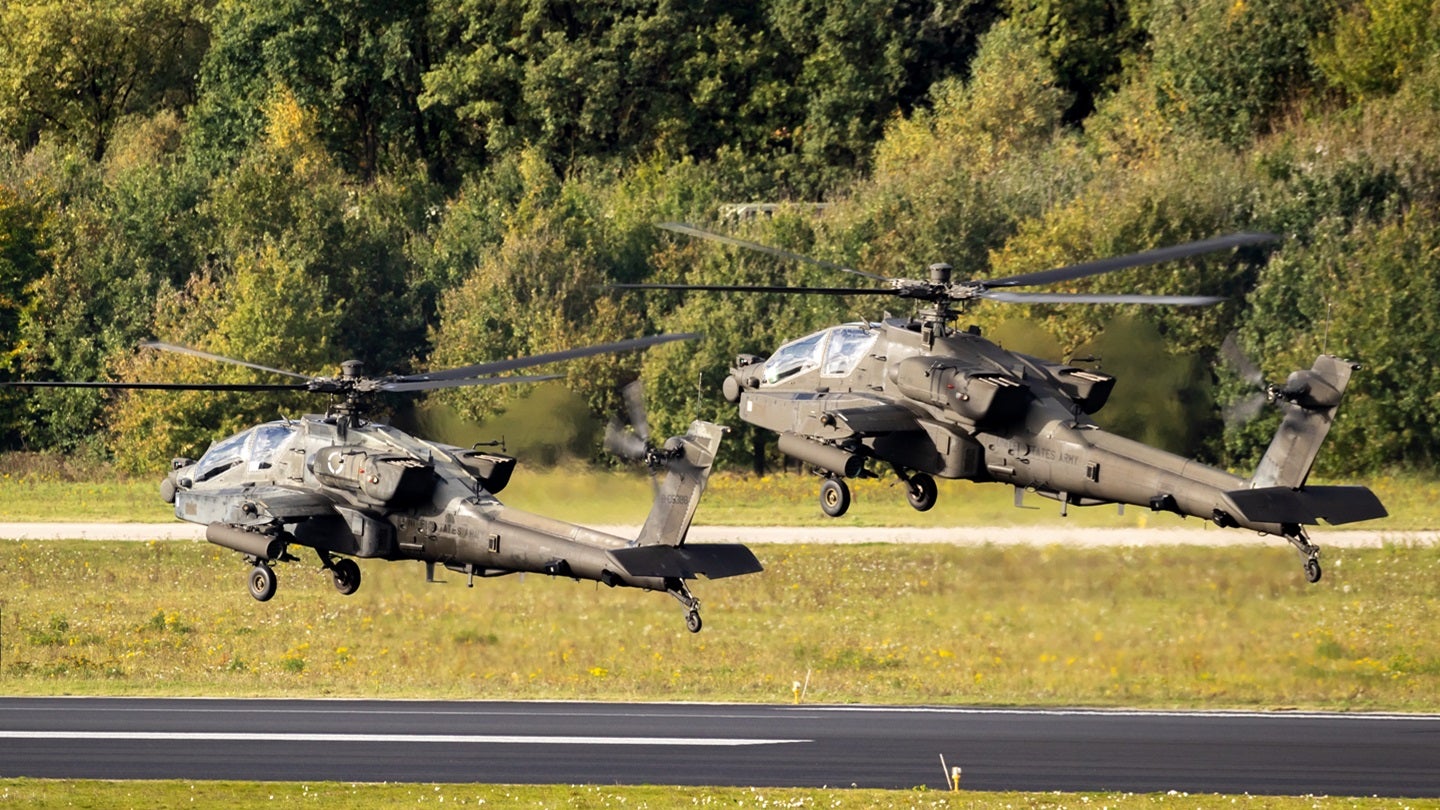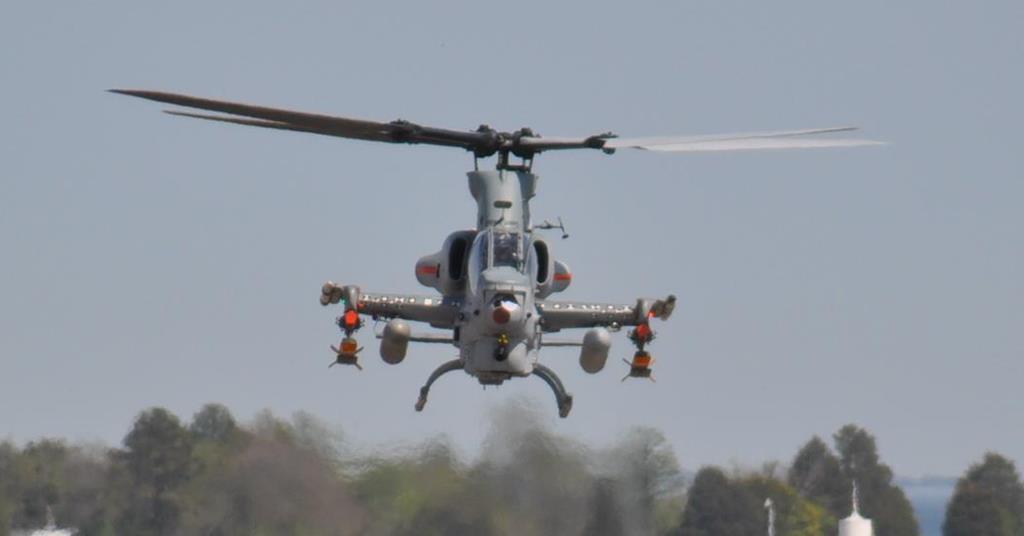- Reaction score
- 11,894
- Points
- 1,160
Gepards and HAWKs back in action.

 euromaidanpress.com
euromaidanpress.com
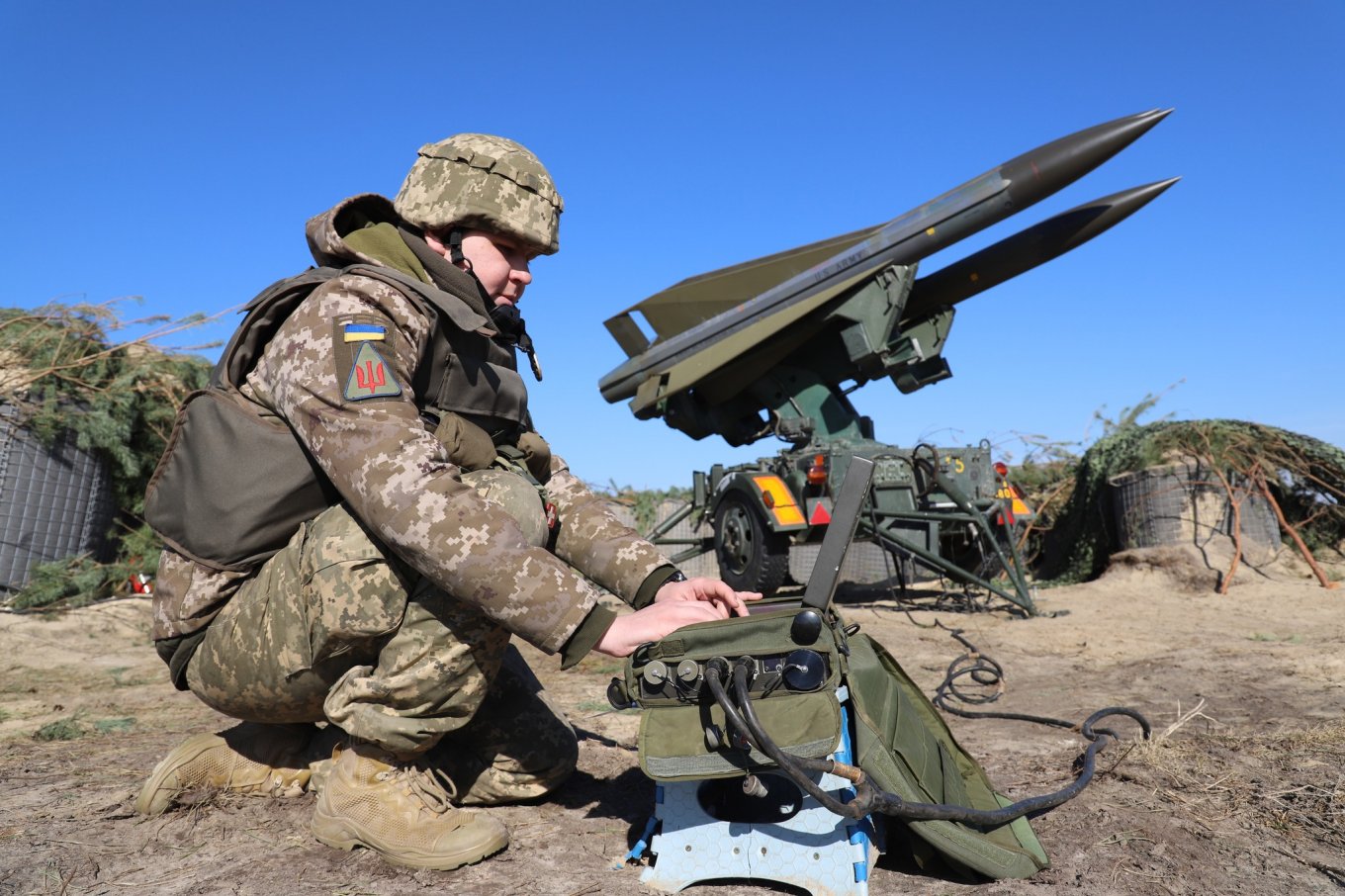
 euromaidanpress.com
euromaidanpress.com
What did the RRCA do with those GDF-005s again?

Ukraine Solves Modern Drone Defense With 1970s German Gun
Ukraine is using Cold War–era Gepard guns to take down Russian drones, delivering a cost-effective fix to modern drone threats.
 euromaidanpress.com
euromaidanpress.com

Ukraine wants 40,000 Hawk missiles from US stockpiles
To bolster Ukraine’s air defenses against Russian bombardment, the US State Department has signed off on a new missile deal for Ukraine.
 euromaidanpress.com
euromaidanpress.com
What did the RRCA do with those GDF-005s again?




